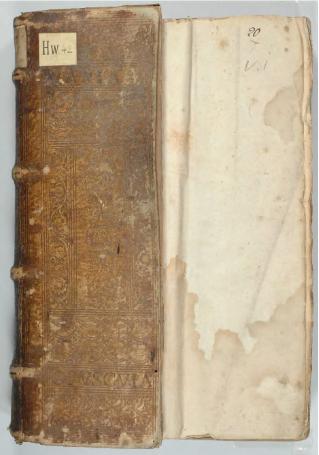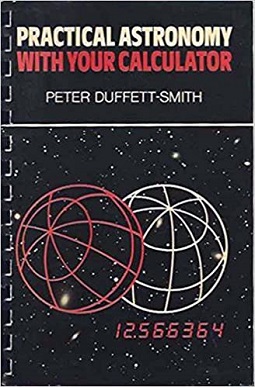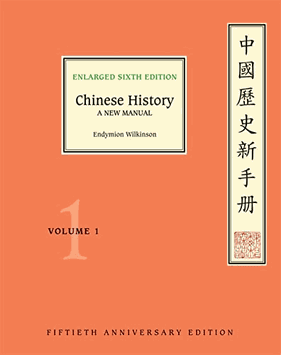
A constellation is an area on the celestial sphere in which a group of visible stars forms a perceived pattern or outline, typically representing an animal, mythological subject, or inanimate object.

Johannes Kepler was a German astronomer, mathematician, astrologer, natural philosopher and writer on music. He is a key figure in the 17th-century Scientific Revolution, best known for his laws of planetary motion, and his books Astronomia nova, Harmonice Mundi, and Epitome Astronomiae Copernicanae, influencing among others Isaac Newton, providing one of the foundations for his theory of universal gravitation. The variety and impact of his work made Kepler one of the founders and fathers of modern astronomy, the scientific method, natural and modern science.

The zodiac is a belt-shaped region of the sky that extends approximately 8° north and south of the ecliptic, which is the apparent path of the Sun across the celestial sphere over the course of the year. The orbital paths of the Moon and major planets are within the belt of the zodiac.

The Almagest is a 2nd-century mathematical and astronomical treatise on the apparent motions of the stars and planetary paths, written by Claudius Ptolemy in Koine Greek. One of the most influential scientific texts in history, it canonized a geocentric model of the Universe that was accepted for more than 1,200 years from its origin in Hellenistic Alexandria, in the medieval Byzantine and Islamic worlds, and in Western Europe through the Middle Ages and early Renaissance until Copernicus. It is also a key source of information about ancient Greek astronomy.

Abu Rayhan Muhammad ibn Ahmad al-Biruni, known as al-Biruni, was a Khwarazmian Iranian scholar and polymath during the Islamic Golden Age. He has been called variously the "founder of Indology", "Father of Comparative Religion", "Father of modern geodesy", and the first anthropologist.

Agnes Mary Clerke was an Irish astronomer and writer, mainly in the field of astronomy. She was born in Skibbereen, County Cork, Ireland, and died in London.

Joseph Solomon Delmedigo, also known as Yashar Mi-Qandia, was a rabbi, author, physician, mathematician, and music theorist.
Jay Myron Pasachoff was an American astronomer. Pasachoff was Field Memorial Professor of Astronomy at Williams College and the author of textbooks and tradebooks in astronomy, physics, mathematics, and other sciences.

Medieval Islamic astronomy comprises the astronomical developments made in the Islamic world, particularly during the Islamic Golden Age, and mostly written in the Arabic language. These developments mostly took place in the Middle East, Central Asia, Al-Andalus, and North Africa, and later in the Far East and India. It closely parallels the genesis of other Islamic sciences in its assimilation of foreign material and the amalgamation of the disparate elements of that material to create a science with Islamic characteristics. These included Greek, Sassanid, and Indian works in particular, which were translated and built upon.
The Royal Astronomical Society of Canada (RASC) is a national, non-profit, charitable organization devoted to the advancement of astronomy and related sciences. At present, there are 30 local branches of the Society, called Centres, in towns and cities across the country from St. John's, Newfoundland, to Victoria, British Columbia, and as far north as Whitehorse, Yukon. There are about 5100 members from coast to coast to coast, and internationally. The membership is composed primarily of amateur astronomers and also includes numerous professional astronomers and astronomy educators. The RASC is the Canadian equivalent of the British Astronomical Association.

The International Year of Astronomy (IYA2009) was a year-long celebration of astronomy that took place in 2009 to coincide with the 400th anniversary of the first recorded astronomical observations with a telescope by Galileo Galilei and the publication of Johannes Kepler's Astronomia nova in the 17th century. The Year was declared by the 62nd General Assembly of the United Nations. A global scheme, laid out by the International Astronomical Union (IAU), was also endorsed by UNESCO, the UN body responsible for educational, scientific, and cultural matters.
Astronomy Now is a monthly British magazine on astronomy and space. According to the Royal Astronomical Society, Astronomy Now is the "principal amateur astronomy magazine in Britain" with a reputed circulation of 24,000.
John "Jack" Borden Newton is a Canadian astronomer, best known for his publications and images in amateur astrophotography.

David John Eicher is an American editor, writer, and popularizer of astronomy and space. He has been editor-in-chief of Astronomy magazine since 2002. He is author, coauthor, or editor of 23 books on science and American history and is known for having founded a magazine on astronomical observing, Deep Sky Monthly, when he was a 15-year-old high school student.

Andrew Fraknoi is a retired professor of astronomy recognized for his lifetime of work using everyday language to make astronomy more accessible and popular for both students and the general public. In 2017 Fraknoi retired from his position as Chair of the Department of Astronomy at Foothill College. In retirement he continues to teach through the Fromm Institute for Lifelong Learning and the Osher Lifelong Learning Institute at San Francisco State University, to give public lectures, and to add to his body of written work. He is the recipient of numerous awards and honors in his field.

Practical Astronomy with your Calculator is a book written by Peter Duffett-Smith, a University Lecturer and a Fellow of Downing College. It was first published in 1979 and has been in publication for over 30 years. The book teaches how to solve astronomical calculations with a pocket calculator. The book covers topics such as time, coordinate systems, the Sun, planetary systems, binary stars, the Moon and eclipses. The third edition features new sections on generalised coordinate transformations, nutation, aberration, and selenographic coordinates. The fourth edition, coauthored by Jonathan Zwart, adds "or Spreadsheet" to the end of the title.
Christopher David Impey is a British astronomer, educator, and author. He has been a faculty member at the University of Arizona since 1986. Impey has done research on observational cosmology, in particular low surface brightness galaxies, the intergalactic medium, and surveys of active galaxies and quasars. As an educator, he has pioneered the use of instructional technology for teaching science to undergraduate non-science majors. He has written many technical articles and a series of popular science books including The Living Cosmos, How It Began, How It Ends: From You to the Universe, Dreams of Other Worlds, and Humble Before the Void. He served as Vice-President of the American Astronomical Society, he is a Fellow of the American Association for the Advancement of Science, and a Howard Hughes Medical Institute Professor. He serves on the Advisory Council of METI.

Chinese History: A New Manual, written by Endymion Wilkinson, is an encyclopedic guide to Sinology and Chinese history. The New Manual lists and describes published, excavated, artifactual, and archival sources from pre-history to the twenty-first century, as well as selected up-to-date scholarship in Chinese, Japanese, and Western languages. Detailed annotations evaluate reference and research tools and outline the 25 ancillary disciplines required for the study of Chinese history. Introductions to each of the chapters and interspersed short essays give encyclopedic and often witty summaries of major topics for specialists and general readers, as well as directives on the uses of history and avoidance of error in thought and analysis.

The Jodcast is a bimonthly podcast created by astronomers at Jodrell Bank Centre for Astrophysics (JBCA), University of Manchester in Manchester, England. It debuted in January 2006, aiming to inspire and inform the public about astronomy and related sciences, to excite young people with the latest astronomy research results, to motivate students to pursue careers in science, and to dispel stereotypes of scientists as incomprehensible and unapproachable.
Mathematics in India: 500 BCE–1800 CE is a monograph about the history of Indian mathematics. It was written by American historian of mathematics Kim Plofker, and published in 2009 by the Princeton University Press. The Basic Library List Committee of the Mathematical Association of America has classified the book as essential for undergraduate mathematics libraries, their highest rating.














